Naver SEO: How to do SEO in South Korea 2023
In Korea, not Google but Naver is the number one search engine. Therefore, for digital marketers looking at expanding into the South Korean market, knowing how to optimize their site for Naver is a must.
Tip: If you want to expand your business to China, you can check the Baidu SEO Guide.
What exactly is Naver, and how can you use SEO on Naver? This article will help you learn everything you need to know about Naver SEO.
Naver (네이버 in Hangul) launched in 1999, and it went from being just a web portal to being one with its own search engine. It debuted its combined search results feature in 2000 and quickly became the leading search engine portal in South Korea (Naver, 2018), accommodating the country’s rapid growth in the number of Internet users during the early 2000s.
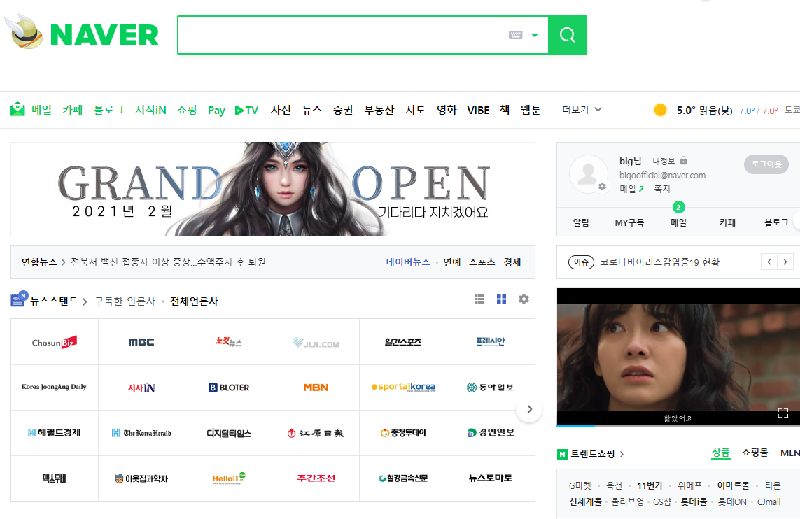
Naver offers multiple services on its search engine, which include Naver Mail, Café, Blog, Knowledge iN, and Shopping.
Naver Encyclopaedia
Similar to Wikipedia, but a lot less restrictive in terms of setting up branded pages. If you’re new to the South Korean market, setting up a brand page here is a must.
Knowledge iN
Similar to Quora, the Knowledge iN takes in data from a number of sources (including its own) and can be prominent in search results – especially for interrogative searches.
Naver Blog
When you set up a Naver Webmaster Tools account you automatically get a Naver Blog. Blogging is incredibly popular in South Korea, and Naver blog results feature prominently in Naver search listings.
Naver Café
Similar to Reddit, Café is a community-based platform that brings together members with a common interest for sharing knowledge and engaging in discussion on that topic.
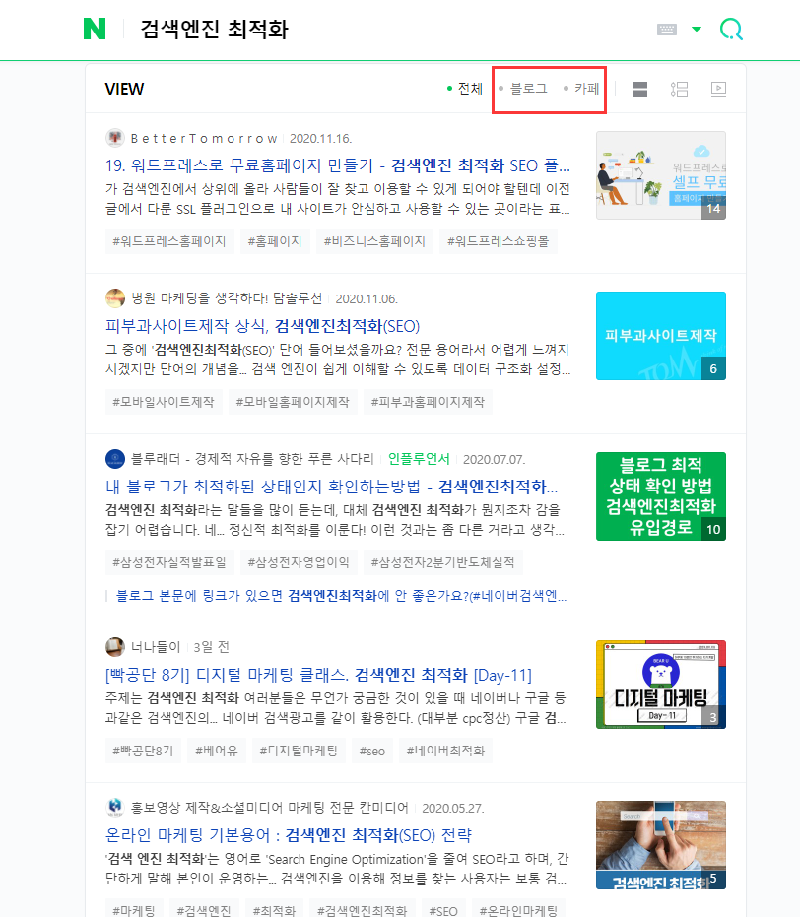
The SERPs of Naver are very busy because there will be 10 or more different vertical search results displayed to a searcher on a single page. It brings together many more elements than Google, including paid results, organic results, Naver Café, Naver Encyclopaedia, maps, images, blogs, Naver Knowledge IN and apps. The results pages also display boxes on the right-hand side with the most popular topics of the moment, and subjects fed from user groups.
Here are some features of Naver SERPs you need to know to improve Naver SEO.
1. Too Many Ads in Search Results
A big difference between Naver and Google is the number of advertisements. Google has only two to three ads on the top and bottom of the SERP. On Naver though, as you can see in the screenshot below, there are ad placements all over the homepage.
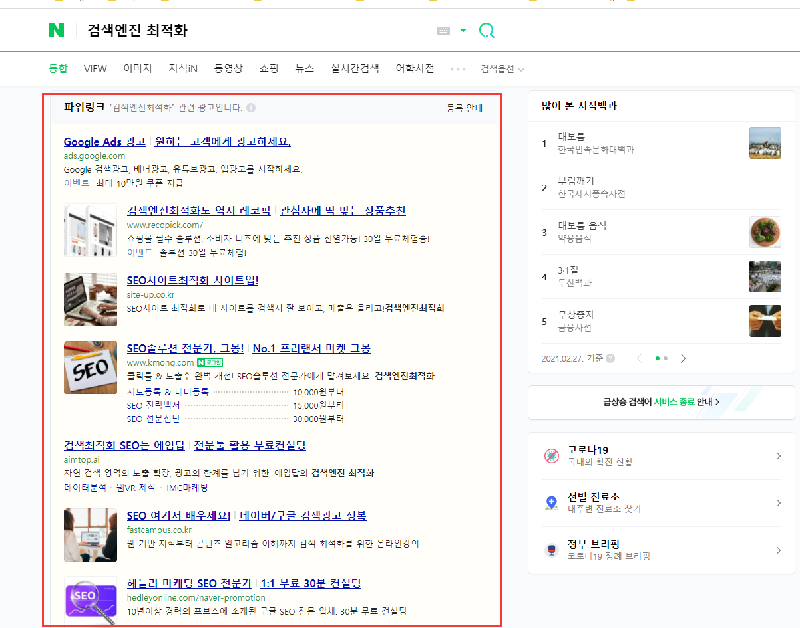
the positions of Naver services on the SERP is based on the search query of the user. For example, when you search for 삼성전자 (Samsung), you will find the official website of Samsung ranked on the top and the paid ads, Stock information, news and Naver Shopping followed. But when you search for the query 검색엔진 최적화 (SEO), Naver Encyclopedia is placed as the highest service after the paid ads and Naver Blog is the second-highest ranked service for the query.
So, the services ranked the highest are different for any queries. Therefore, you should first check which services rank high for the search term that you want to rank for on Naver SERP, and then see if you can create content that will show up on those high ranking services. For example, if the Naver blog comes up first for the search query, you should create content for your Naver blog. However, if Naver Cafe comes up high, then you should focus more on Naver Cafe instead.
3. Web Results on SERP isn’t Shown in the Search Options
In Naver, the search options available to users are: Integration (in green), VIEW, Image, Knowledge iN, Videos, Shopping, News, Realtime search (i.e., social media), and Dictionary.
By clicking More Options (…) on the far right, the following are also available: Map, Books, Music, Encyclopedia, Audio clip, and Academic Info.
And although users can view web results on the SERP, they don’t show in the search options.
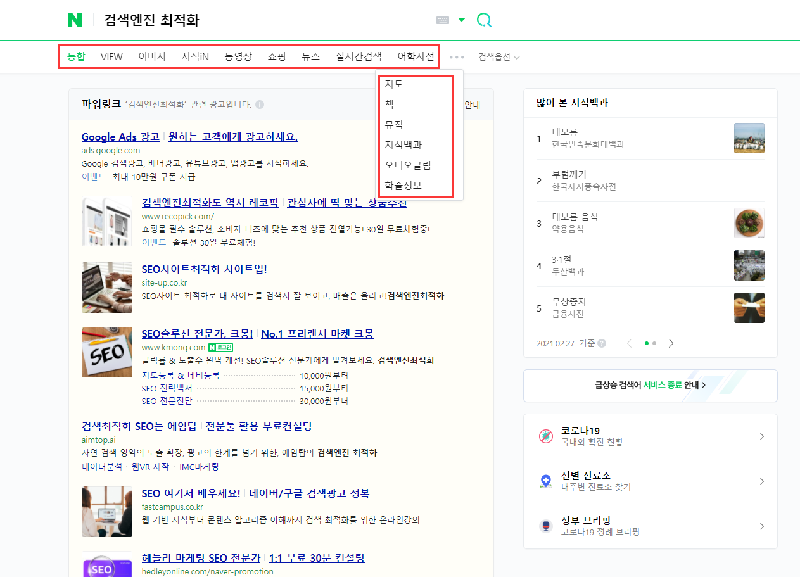
While Google ranks web pages quite fairly, Naver uses more obvious bias. Naver Blog, Naver Café, Naver Knowledge IN and Naver Encyclopaedia are given priority on the results page above general web content.
As you can see below, there are no websites ranking high organically. This is very often the case if your company is not well known in Korea. There are usually only 3 organic websites listed on the first page on the Naver SERP. If you are new to the Korean market, it is possible that a Naver Blog will outrank your website – even if you use your company name as a search term! This is why, for your Korean digital marketing strategy, it is important to also use Naver Blog, Cafe, Q&A, etc.
There are three different algorithmic systems utilized by Naver: The C-rank algorithm, the P-rank algorithm and the D.I.A. algorithm.
1. C-rank Algorithm
The C-rank algorithm (also known as the Creator Rank algorithm) consists of three C’s. These are Content, Context, and Chain. While content and context are quite straightforward, the ‘Chain’ factor refers to conversion, meaning how many people visited your content. The more people visit, the more popular your blog will be.
This algorithm focuses on the user-generated content produced in Naver’s other products, such as the Naver Blog and the Naver Café. With the help of the C-rank algorithm, Naver aims to priorities content produced in its sub-products, along with its reliability and popularity in comparison to webpage-produced content.
| Naver Products | Ranking Factor |
| Naver Blog | Quality of on-page content (main content)Popularity and reliability of the sourceGeneral blog (and blogger) activityTopical focus (of the article and blog)Official blog status |
| Naver Café | Quality of on-page contentLevel of community engagementNumber of Café visits (self-fulfilling that a Café with a lot of visits gets more visits through a promotion)Content relevancyOfficial Café status |
| Naver Knowledge iN | Quality of on-page contentNumber of questions answered by the responderRegularity and consistency of questions answered by the responderNumber of upvotesThe popularity of the responder |
2. P-rank Algorithm
The P-rank algorithm is intended to work based on similar global web standards that Google has set. The P-rank algorithm looks at certain SEO criteria of a website to determine its quality. There are five ranking signals that Naver uses, which are the following:
| Ranking Signal | Description |
| Crawlability of the site by the Naver Bot | Essentially, the better Naver Bot can crawl and access pages on your website, the better Naver may choose to rank them. |
| Level of on-page optimization | The clarity of title tags (40 characters) and meta descriptions (80 characters). It also mentions Open Graph mark-up as part of on-page optimization |
| Site structure | This is the HTML structure of the site, internal linking, correct use of the HTML attribute for links and images, and mobile usability. It’s also worth noting that South Koreans predominantly use Android, thanks to Samsung and LG being Korean companies. |
| Backlinks | Naver counts both the quality and quantity of backlinks to the site. Naver provides insight into the number of backlinks a site has in through its Webmaster Tools interface, in a similar fashion to Google Search Console. |
| Social media signals | Social media and UGC play a bigger part in Naver’s algorithm, so it’s important that your social media accounts and website clearly show a connection to Naver. This also means using |
3. D.I.A. Algorithm
The next algorithm of Naver is called Deep Intent Analysis (D.I.A.). Basically, this algorithm identifies the user’s search intent based on the content and reflects them in search results ranking.
Various factors can measure a user’s intent or preference for a specific blog. Some of these factors can be time spent on a web page, the number of shares of a blog, comments, etc. However, the possibility that Naver will disclose its specific measuring and scoring method is small. But basically, it is becoming more and more important to create the content that satisfies the users.
Now, you have basic understanding of Naver products, Naver’s SERP features and Naver’s algorithms. Then, where to start rank high in Naver? Please follow the steps below.
Step 1. Register on Naver Webmaster Tools, Naver Analytics, Naver Smart Place
Step 2. Summit your website to Naver Webmaster Tool.
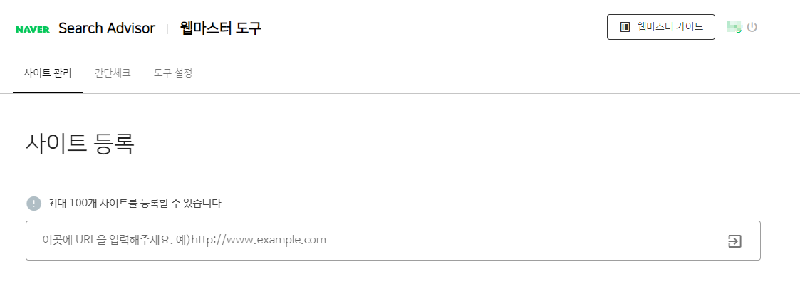
Step 3. Operate Naver Blog and Naver Post
Step 4. Take advantage of Naver’s Guide to Web Standard Optimization
Final Thoughts
This is just a brief intro to Naver and there are more issues which need to be considered as part of your SEO efforts for South Korea. To find out more about Naver, you must check the Naver Official SEO guide. This guide contains a list of the requirements that a website should fulfill to rank high on Naver.
Also, due to a different philosophy of Naver SEO and a lack of English language support, it can be difficult to achieve good results without some help from an experienced SEO agency or people who is familiar with Naver and the Korean market. So, ask the natives for help when you need it.
